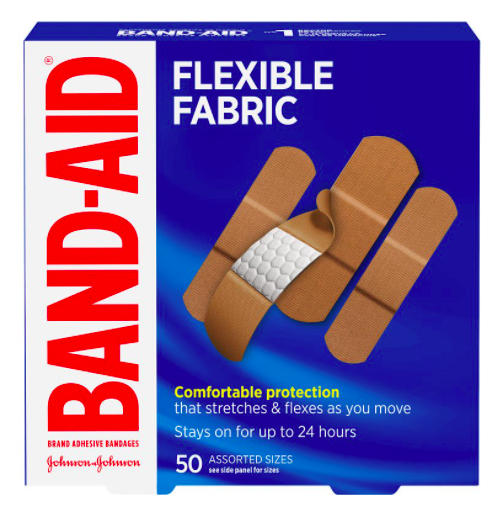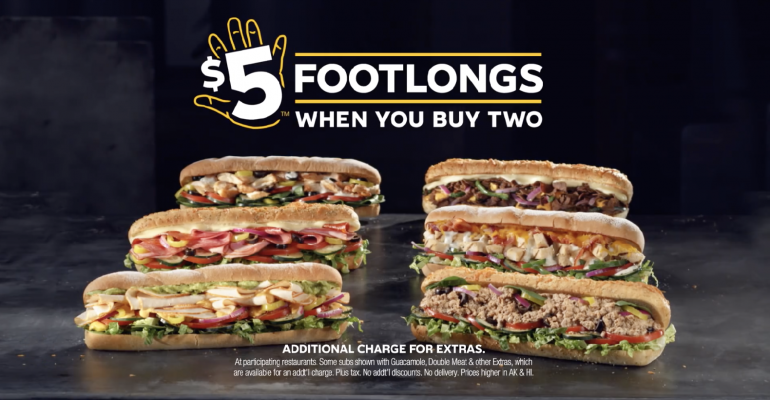
What is Brand Salience, and Why is It Important For Brand Identity?
Last update: 14 June 2023 at 03:48 pm
You can do more with your brand than capture people’s attention with a memorable logo.
Being recognized in that pivotal moment in the buying phase of a consumer can be the difference between a sale for your product over another. You want your product in the mind of your buyers during the point of sale. That is how you maintain an edge over your competitors.
Marketers will use brand strategy to increase metrics like brand awareness, but awareness isn’t the only factor a marketing strategy should focus on. What about a brand’s salience?
Building salience is a real estate battle in the mind of your customers versus competition brands. What influences them to make buy your product? Was it the price or the trust they had in your brand?
That moment of deliberating over which brand to buy is where brand salience is the real force behind the scene.
What Is Brand Salience?
Brand salience is the degree to which a purchaser recognizes, notices, and thinks about your brand during purchasing decisions. A more salient brand is one that customers think about in a buying situation.

An example of what high salience looks like in strong brands, think of Band-Aid. Someone with a paper cut doesn’t ask for an adhesive bandage; they ask for a Band-Aid.
Band-Aid has evolved beyond a name and a logo for the Johnson & Johnson pharmaceutical company.
There is an emotional connectionbetween the brand name and the actual item. That is what consumers remember when they are in a purchasing decision.
If you are looking for an example of weak brands with low salience, try to name one of the other brands of adhesive bandage.
While they may be comparable products, they don’t have the same brand equity or strong brand positioning as the Band-Aid.
Brand Salience Vs Brand Awareness.
Brand salience refers to a consumer’s ability to recall a brand when buying the product and their preference about using it or not.
This concept shouldn’t be confused with top of mind awareness, which measures a consumer’s ability to recall a brand when prompted.
But that barely scratches the surface of the concept as it links directly to memory structures.
A consumer’s ability to recall brands, like yours, during a moment of buying truth is psychological in nature.
In cognitive psychology, salience is all about what is most noticeable. Your brand positioningrelies upon you to create positive memories that help brands grow, and that all comes down to marketing effectiveness.
What Drives Brand Salience
Jenni Romaniuk and Byron Sharp from the Ehrenberg-Bass Institute for Marketing Science have researched what drives brand salience.
When it comes to memory structures, Romaniuk and Sharp argue that the quantity and quality of consumer memory structures are essential factors in brand salience.
Kantar Millward Brown has also conducted a study regarding this and came to the conclusion that consumers rely on what is called heuristics, or mental shortcuts, to make brand decisions.
One such heuristic is to take thoughts that have ready mental availability and assign greater importance to them. This concept means that consumers will remember the most salient brand when it comes time to purchase it.
In other words, people make decisions based on emotions.
Quantity of Memory Structures
Mental cues trigger thoughts in consumers around brand consideration sets. The more memory structures your brand has, the more salient your brand is.
Subway is an excellent example of a brand that can reach audiencesby triggering multiple mental cues. You can associate Subway with cheap, quoting their “$5 Foot Long” slogan or their campaign focus on eating “Fresh and Healthy.”

This ability to capture people’s attention during their moment of choice is referred to as attention salience.
By having multiple avenues to capture their consumers’ attention, consumers can recall Subway regardless of whether they want cheap or healthy eating.
Quality of Memory Structures
The quality of memory structure is just as important as the quantity. It refers to the strength of the association in a consumer’s memory.
The strength in this example will attribute relevance to the associations made during the purchasing decision.
People remember that Subway has Subs for only five dollars because of the marketing effectiveness of the campaign.
The link is solid here because positive memory structures were reinforced to aid memory salience, which captured the consumer’s attention.
It is not enough to focus on one structure or the other. Brand salience is a function of both the quantity and quality of your brand’s structures.
Subway has been working for the past few years with the English digital marketing communications agency ‘Dentsu International’ to help them with their new advertising campaigns. If you require assistance with your digital marketing campaigns, don’t hesitate to also ask for some help from a digital marketing agency in the UAE or in your area.
Increase Brand Salience With Distinctive Brand Assets
Creating memorable assets will have emotional impacts on potential buyers and increase brandsalience.
Commercials, for example, are assets that improve brand salience by using emotive storytelling and positive storytelling to push brand visibilityinto the consumers’ memory structures.
But distinctive brand assets are a non-brand name trigger that sits in a buyer’s memory. These assets can be anything from the shape of a bottle or can, a color, smell, or tone. Consumers hear, see, or smell this asset and instantly associate it with your product or service.
Let’s take a look at Nokia and its best asset and how it increased their salience.
Nokia was able to create distinctive tones that consumers associate with their brand whenever a consumer hears their phone’s ringtone. This was an important factor in people’s emotional impact during a purchasing situation for a new phone.
These distinctive assets benefit you because they increase a brand’s footprint. You provide consumers with a creative alternative to just displaying a logo, creating a unique experience for in-store shopping and clever advertising.
After all, beyond just the commercial, Nokia was able to create memorable and consistent brand assets by making that tone its default ringtone. Therefore, anyone who left the default tone was advertising for Nokia without even saying the name.
Your Brand Identity, Why It Matters
Did you know that color improves your brand visibility by 80%?
Consumers are drawn to intense stimuli such as color, rapid motion, bright lights, and loud noises. Brands like Coca-Cola dominate the visual identity of their brand with the color red.

Grocery stores with towering displays of red cans tell a customer the brand before they even see the logo.
Using bold and flashy colors is one of the oldest advertising tricks, but brand salience relies on more than visual components.
Your brand identity is the visual element of your brand; your brand salience is how aware consumers are of your brand. You want your brand to be remembered by your target audience. Creating your brand identity involves creating brand salience.
It isn’t only about whether the consumers can recall your brand, but what and when they think of it.
Consumers have a choice in what they choose to buy and often align their purchasing goals with brands that fit their lifestyle. If a brand is a more health-conscious choice than another, this increases brand salience in a potential buyer.
High Brand Salience, Strong Brand Identity
Brand salience is important to a brand’s identity. Provoke your consumer’s emotions and never stop monitoring your brand for improvements. That is how you know what works and what doesn’t.
Ask for some help from some expert branding agencies to help your business in building a strong brand identity.
There is no denying that increasingbrand salience is how you stay ahead of competing brands. Let’s look at a few more examples to show how strong a brand’s salience can impact buyers.
59% of survey respondents said they rely on brands they trust during the purchase decision.
21% of those consumers rely on those brands when they buy a new product.
The beauty of salience lies in convincing consumers that they are making a logical purchase decision.
That decision is one that is influenced by the memory structures you created with salience, and memory salience affects your brands’ effort to generate sales positively.
Brands that have high salience influence potential buyers by differentiating themselves. Your business’ primary needs should focus on a brand salience that is high. Accomplishing that will make it so your brand is the one customers remember when they need it the most.





